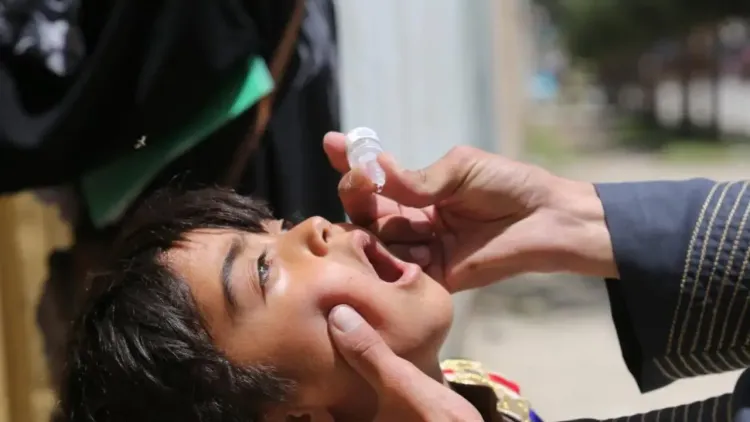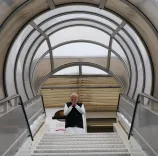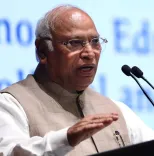Afghanistan Initiates 3-Day Polio Vaccination Drive

Kabul, Dec 23 (NationPress) The Afghan caretaker government's Ministry of Public Health has unveiled a three-day vaccination campaign designed to protect 4.8 million children under age five from the poliovirus.
Scheduled from Monday to Wednesday, this initiative will administer anti-polio drops to children across 11 provinces of the country, as stated by Sharafat Zaman Amarkhil, spokesperson for the ministry.
In his address, Amarkhil called upon tribal elders, religious scholars, and parents to engage actively and fully support polio workers to ensure the successful execution of the campaign, according to a report by Xinhua news agency.
Previously, on October 28, the Ministry had announced a similar three-day vaccination campaign targeting 6.2 million children under five, which reached 16 provinces of Afghanistan.
Amarkhil reiterated the need for cooperation among tribal leaders, scholars, and caregivers to facilitate the effective implementation of the initiative.
According to Amarkhil, “No confirmed positive polio cases have been reported in Afghanistan for 2024, and the ministry is striving to eliminate this wild virus through comprehensive vaccination campaigns.”
Earlier, on June 3, Afghanistan's second nationwide anti-polio campaign of 2024 commenced, with the aim of protecting Afghan children from paralysis, as outlined by the Ministry of Public Health.
Over the course of the four-day campaign concluding on June 6, more than 11.2 million children under the age of five are expected to receive polio vaccines.
The Ministry of Public Health is dedicated to eradicating the wild poliovirus in collaboration with its partners in Afghanistan, stated the newly appointed Acting Minister of Public Health, Mawlawi Noor Jalal Jalali.
As reported by the World Health Organization in March, there had been no recorded cases of wild poliovirus in Afghanistan for a consecutive five-month period.
Polio is a virus that can lead to paralysis and is preventable through vaccination. It spreads through contaminated water or food and contact with infected individuals. Many infected people remain asymptomatic, but some may develop paralysis, which can be life-threatening. Treatment typically involves bed rest, pain relief, rehabilitation, and the use of portable ventilators.








